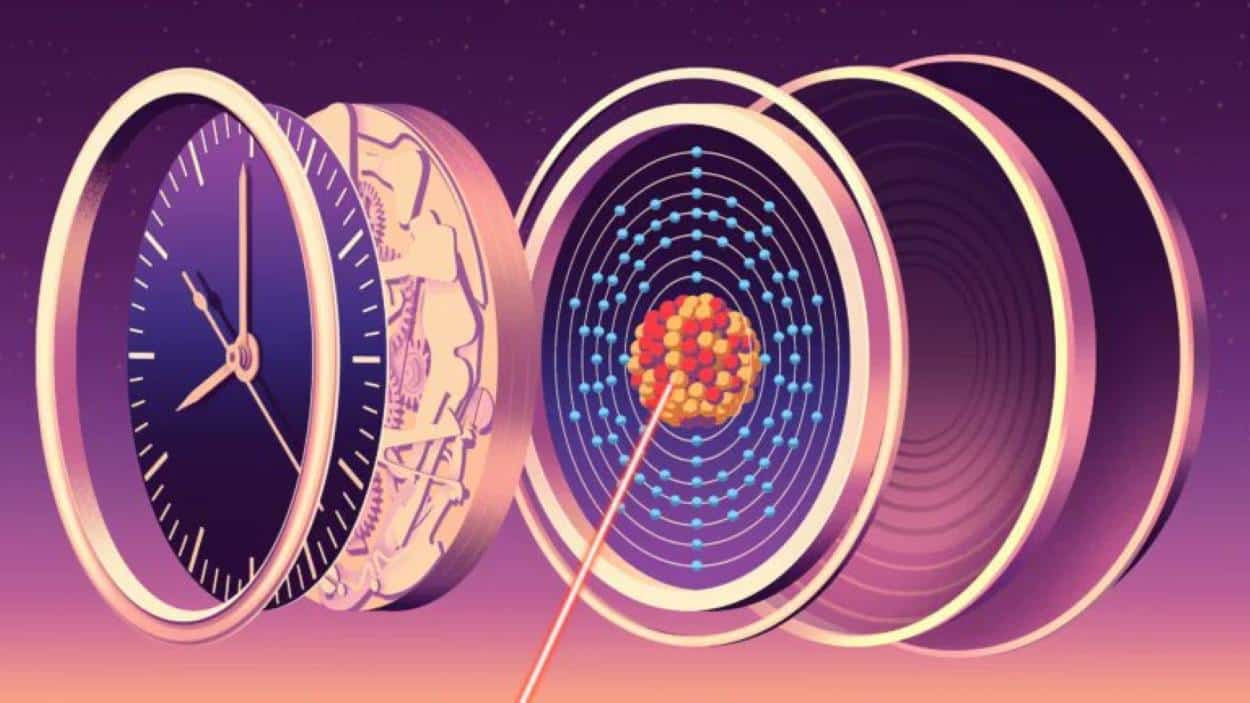The inception of the first nuclear clock using thorium-229 represents a significant milestone in atomic physics. It showcases unprecedented precision that could determine whether the fundamental constants of physics fluctuate over time. This development was spearheaded by Jun Ye, a leading physicist at JILA, Boulder, Colorado, known for his contributions to creating the world’s most precise atomic clocks.
In May 2024, JILA’s graduate student Chuankun Zhang identified a pivotal signal from the thorium-229 nucleus, indicating its transition between two quantum states following intense verification efforts; this discovery brought considerable excitement to Zhang and his colleagues and moved Jun Ye to tears with its implications.
Thorium-229’s distinctive characteristics make it extraordinarily sensitive to changes in nature’s fundamental constants, such as the speed of light and the gravitational constant. The precision achieved in measuring thorium-229’s transitions surpassing previous methods by a million times—holds the promise of revealing whether these constants are constant over time.
The pursuit of a nuclear clock based on thorium-229 traces back to the 1970s when the element’s unique low-energy nuclear state was first identified. This feature renders thorium-229 an ideal subject for a highly sensitive clock capable of scrutinizing the permanence of fundamental constants.
This breakthrough paves the way for profound inquiries into the fabric of physical law. Researchers such as Eric Hudson from the University of California, Los Angeles, and Hannah Williams from Durham University recognize that the thorium-229 nuclear clock’s precision might enable the detection of subtle shifts in physical laws that have hitherto remained elusive. This development not only deepens our grasp of the universe but also enhances the capabilities of scientific investigation into the underlying principles governing nature.






